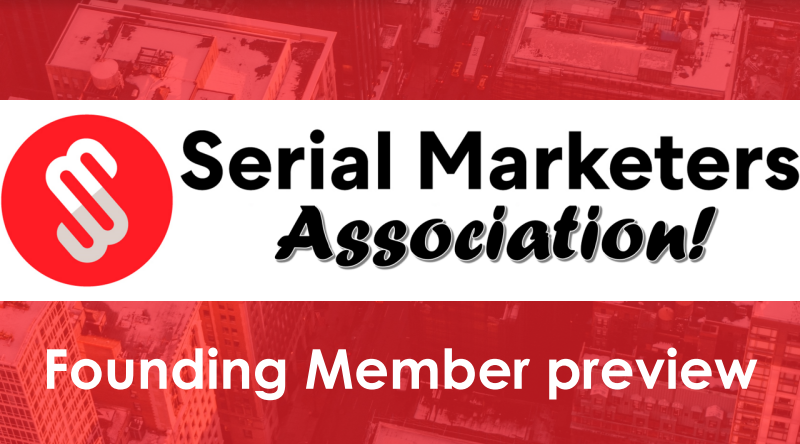Some moments can last forever. As a marketer, you have the power to create such moments yourself. Are you ready for your moment of truth?
You better be. The “moment of truth” concept has been around for years now. There are three you may have heard of so far, and I’ll make the case for a fourth.
· The best known is the First Moment of Truth (FMOT), coined by Procter & Gamble in 2005. This is the window, just three to seven seconds long, where a shopper encounters a product on a store shelf and decides whether to buy it.
· The Second Moment of Truth (SMOT), also described by P&G, is the moment when a consumer uses the product. This is another powerful marketing opportunity.
· Google first added the prequel, called the Zero Moment of Truth (ZMOT) in a blog post last year and now on a new site with a must-read e-book. This is the period of time where a consumer searches for information and is exposed to various sources before arriving at the store.
· The fourth moment that must be added is the Infinite Moment of Truth (IMOT). If a shopper progressed from ZMOT to FMOT to SMOT (or, from researching to shopping to owning), then there’s the potential for sharing. The IMOT is infinite in three ways: a consumer can share such experiences with a nearly infinite number of people directly and indirectly; there are infinite ways a consumer can share such experiences; and the consumer can share such experiences over an infinite period of time.
Google discusses social media in its ZMOT e-book, but doesn’t go nearly far enough. The book describes scenarios where the consumer reaches the SMOT, which can have an impact on the ZMOT of others. That does a tremendous disservice to the power of social media. There are three overarching reasons why the Infinite Moment of Truth is fundamentally unique:
1) Many people reach the SMOT and the process ends there. They own the product, and their experience with it shapes their opinion, but nothing else happens. Think about all the purchases you made in the past week, including all the individual items from a grocery store or drugstore visit. Now think about how many of those purchases you mentioned to a single other person. It is fairly safe to assume that you didn’t tell anyone about the vast majority of your purchases. Only in special circumstances did you experience an Infinite Moment of Truth, if you did at all.
2) Once you appreciate that the Infinite Moment of Truth is special, then you can appreciate that it deserves special attention. There are factors that determine whether anyone mentions a purchase to anyone else. It helps if the consumer loves the product, and that’s always a worthy goal. Evoking any reaction at all helps; the polarizing Marmite has a homepage that leads you to different versions of its website depending on whether you love it or hate it (thanks to the excellent book Different by Youngme Moon for this example). It could be the purchase experience or packaging that’s memorable. Perhaps the brand explicitly asked for a review or comment. In some cases, it may be appropriate to incentivize feedback. As a marketer, you have the potential to trigger an Infinite Moment of Truth, so you can plan for that in your marketing program.
3) The Infinite Moment of Truth is the only moment that can trigger a Zero Moment of Truth for others. Thus, it can potentially be far more profitable than all the other moments. It’s the hardest to control, but the upside of the return on investment and ad spend can be considerable if done right.
All these moments of truth work together. There’s a clear progression, with ZMOT increasingly playing a role, FMOT channeling everything learned during the research phase into emotions that trigger a decision, SMOT being the most important factor in customer retention, and then those select IMOT instances rippling outward to reach new consumers. Make each moment count.







People reacted to this story.
Show comments Hide commentsI feel like we may be taking a concept that was beautiful in it’s simplicity and purity and turning into into the social cycle/repeating funnel. But great post, now I have to go think some more!
Well done, David. I chuckled a little bit at first (how many bon MOTs can one industry handle?), but then the serious thought behind your proposition took over and I found myself nodding in agreement.
Your IMOT concept links the path-to-purchase with the path-to-loyalty. Fred Reicheld’s Likelihood to Recommend (L2R) concept begins with favorable experience with a product or service. While “infinite” might be overstating the impact of a recommendation response, there is certainly potential for the moment of truth to be propagated beyond the individual. Reputation, trust may be likely to follow
I might have proposed XMOT (extended moment of truth) to describe this phenomenon. But to your considerable credit, you proposed it first.
Thanks so much. You of course know the retail & CPG space better than me, and it's fun getting your take on the thought experiment. Some of the beauty of FMOT was in its simplicity, but the problem with any oversimplified idea is that it will have to miss quite a bit.